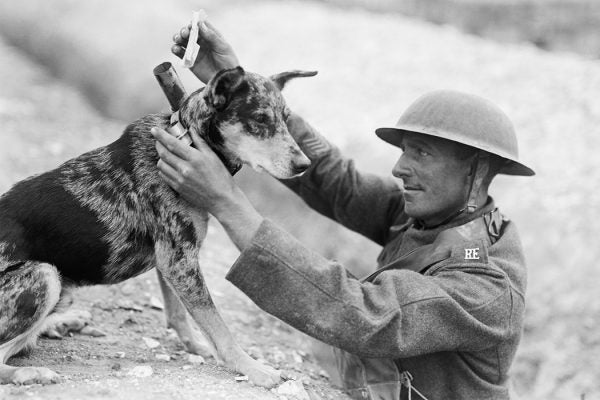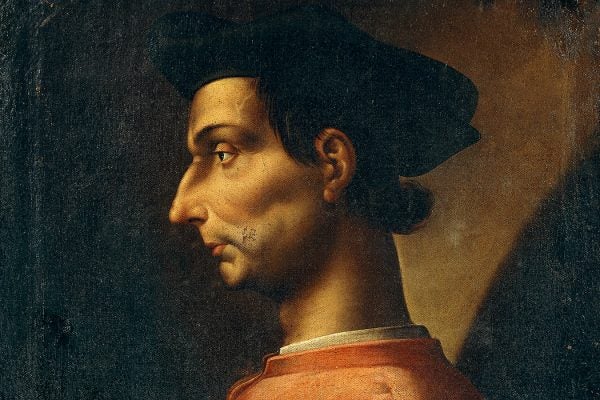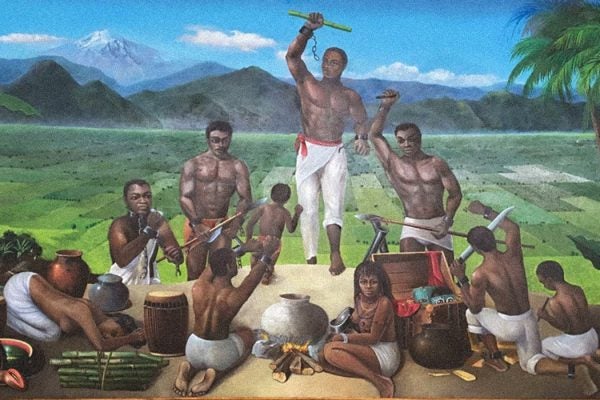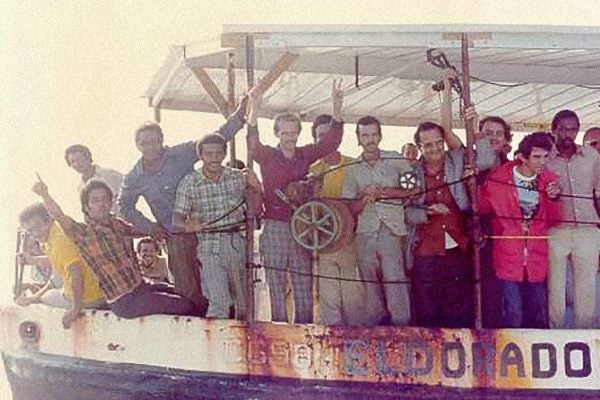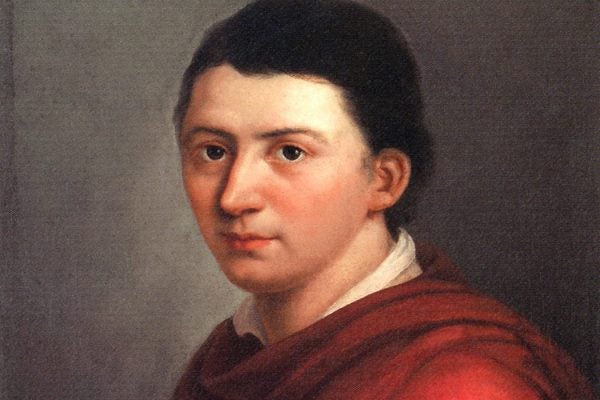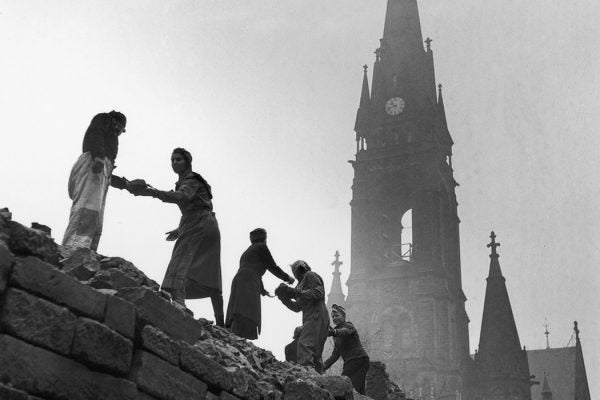In Rome, Mourning Clothes as Political Resistance
In Ancient Rome, swapping one’s regular toga for the dirty, drab robes associated with mourning could request mercy, or communicate resistance.
Dogs in the Trenches of World War I
While the history of pigeons and horses in the military is widely known, canines have gotten less attention.
Machiavelli, Prince of…Democracy?
The other side of the Renaissance man, known today for promoting autocratic power.
Mexico’s First Liberated City Commemorates Its Founding
The City of Yanga was founded after a group of enslaved Africans, led by Gaspar Yanga, rebelled against colonial rule.
The Rise and Fall of the Liberty Cap
What happened to the revolutionary headgear that symbolized freedom from enslavement? Meet the sectional politics of the early republic.
How Gay Marielitos Changed Immigration
In 1980, the policy of denying entry into the US based on homosexuality ran smack into anticommunism.
On the Origins of the Blood Libel
The ultimate conspiracy theory may be the charge of Jews killing Christian children.
The Women (Real and Imagined) Resisting Caudillos
In Latin America and the Caribbean, women's groups have acted to oppose military dictatorships. In fiction, their roles are rarely that of protagonist.
What Does It Mean To Be German?
A German scholar's work on India, meant to foster European unity, instead may have sown the seed of nationalism.
Did Allied Bombs Destroy German Morale?
With men mostly absent, women and children dominated a small city called Darmstadt. Then "fire night" came.

